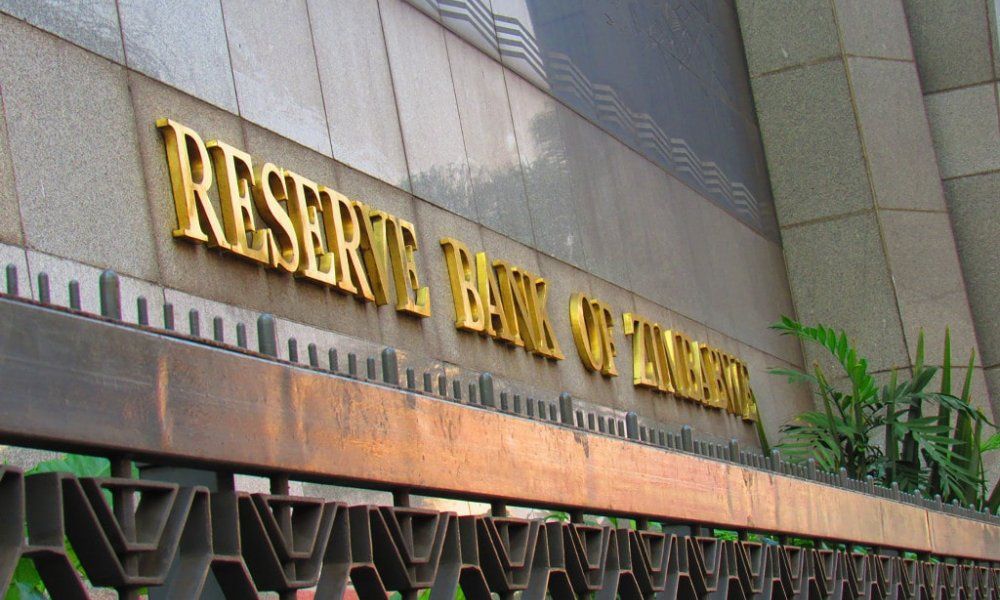The Reserve Bank of Zimbabwe (RZB) has decided to introduce a digital currency backed by gold as legal tender within the country. The government hopes that this will lead to the stabilisation of the Zimbabwean dollar (ZWL).
These tokens will be an electronic form of money backed by gold held by the Central Bank. All individuals with ZWL can exchange them for tokens backed by gold. It is expected that this move will help people maintain value in a highly volatile environment.
The value of Zimbabwe's currency has fallen markedly over a long period of time. For example, after severe hyperinflation in 2009, the Zimbabwean dollar was withdrawn from circulation and replaced by foreign money such as US dollars, British pounds and other regional currencies.
Since 2016, the Zimbabwean government has been using quasi-currency, a surrogate dollar officially pegged to the US dollar. Dollars at a ratio of 1:1 and are issued to compensate for the shortage of US dollars and other currencies available in the country. However, in 2019, the central bank announced that these surrogates would not be exchanged for US currency at the same rate and would instead be traded on the interbank foreign exchange market.
In April 2022, it was fixed that 135 Zimbabwean dollars were worth 1 US dollar; the rate has now risen to 1001 US dollars.
This is not uncommon for African countries struggling with money problems; Nigeria followed suit, introducing eNaira digital coins some 18 months ago to attract more than 40 million people to use them, benefit from multi-billion dollar remittances and expand its tax base.
In late 2022, the Nigerian government tightened cash withdrawal limits at banks and malls in an attempt to encourage use of eNaira, which only 0.5% of citizens accepted a year after its launch.







